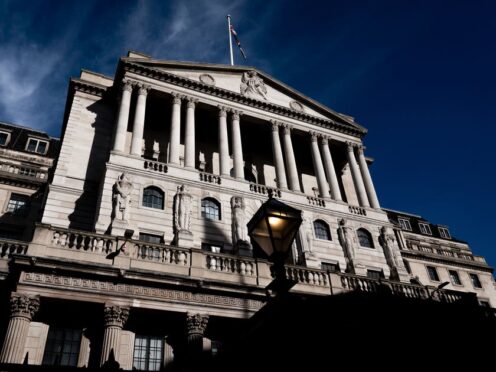Four of the UK’s biggest banks have received more than £9 billion in interest on cash held at the Bank of England, more than double the amount the previous year, according to new data.
The UK’s Treasury Committee said the data showed a “staggering scale of unanticipated income high street banks are bringing in” thanks to higher interest rates.
The Bank of England bought £895 billion worth of bonds, similar to a loan, as part of efforts to boost the economy after the global 2008 financial crisis.
This was done via a tool known as quantitative easing, where the Bank effectively creates more money digitally in the form of “central bank reserves”.
These reserves are held by commercial banks, who receive interest on them.
With UK interest rates currently at 5.25%, it means the reserves have generated more income for the banks since rates started rising at the end of 2021.
Whereas when interest rates were low, the Bank of England paid out less to major banks via the reserves.
Meanwhile, UK banks have come under pressure from MPs on the Treasury Committee to pass on higher interest rates to savers, who can benefit from getting greater returns on their deposits.
The committee, whose job it is to scrutinise the work of the Treasury, said there has been some progress from banks in giving customers with savings a better deal.
For example, NatWest has introduced a digital regular savings account with a 6% interest rate, and a one-year fixed-rate account paying up to 4.6% interest.
Santander has an easy-access savings account with a 7% interest rate on balances up to £4,000.
Dame Harriett Baldwin, chair of the Treasury Committee, said: “The committee has been very vocal about high street banks’ slowness on this issue.
“I am pleased to see some effort is being made to pass through competitive rates for our constituents and that consumers are shopping around more.
“What this data also shows is the staggering scale of unanticipated income high street banks are bringing in, with no work required, as a result of increased interest rates.
“Although the committee raised a number of concerns about the losses now being incurred by quantitative easing and tightening, we concluded that the goalposts should not be moved for lenders now that bond sales are running at a loss.”
